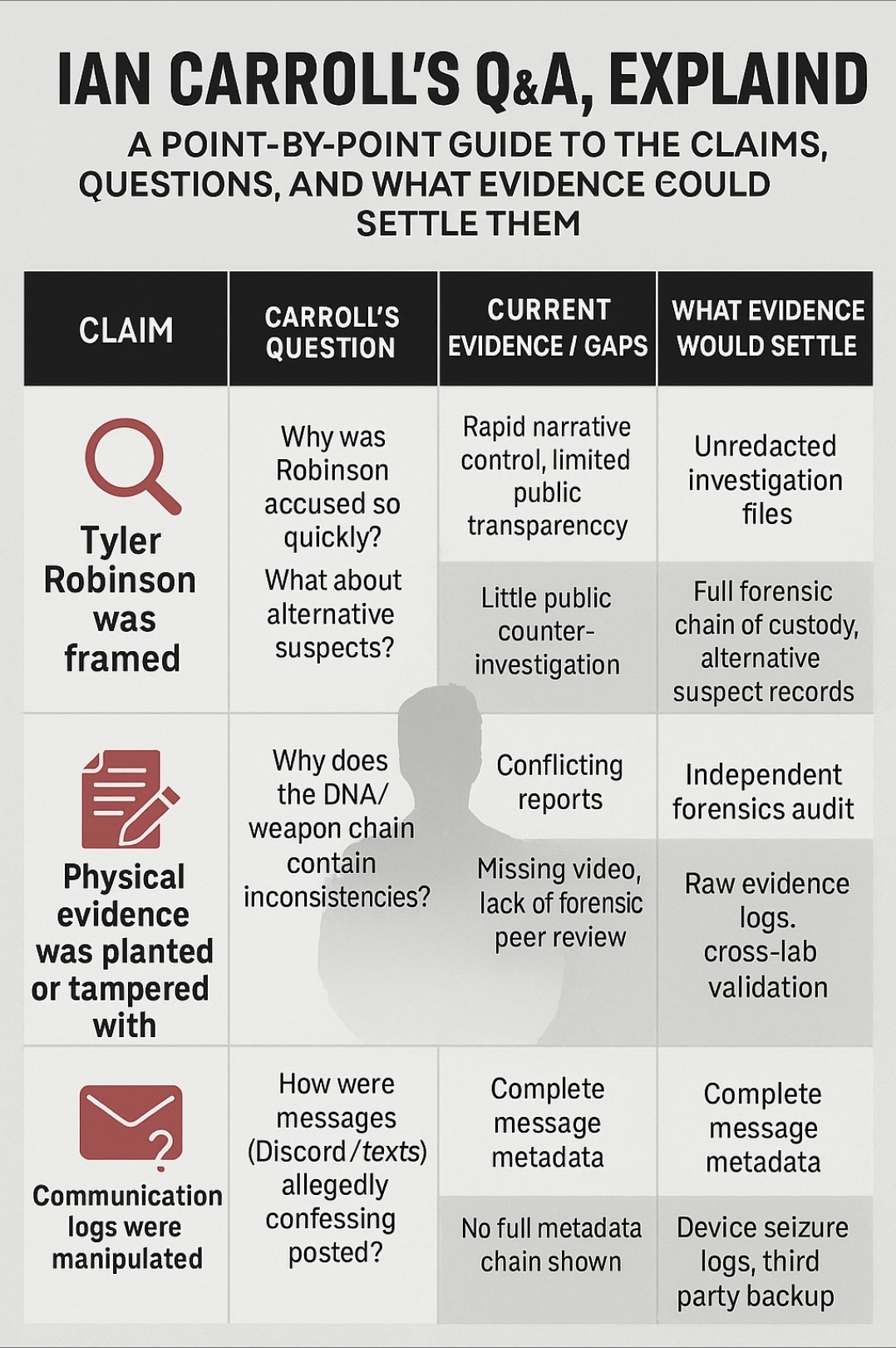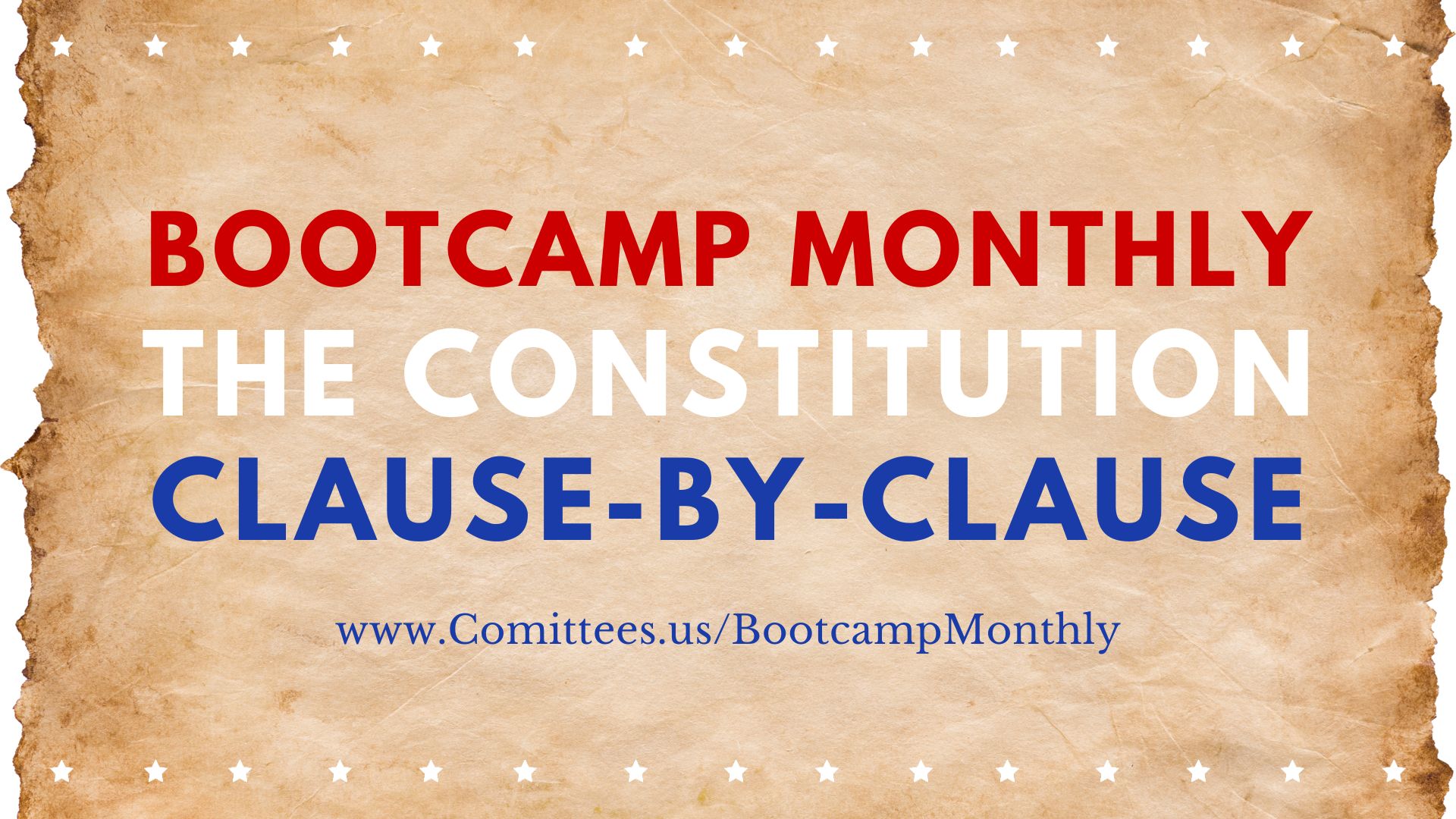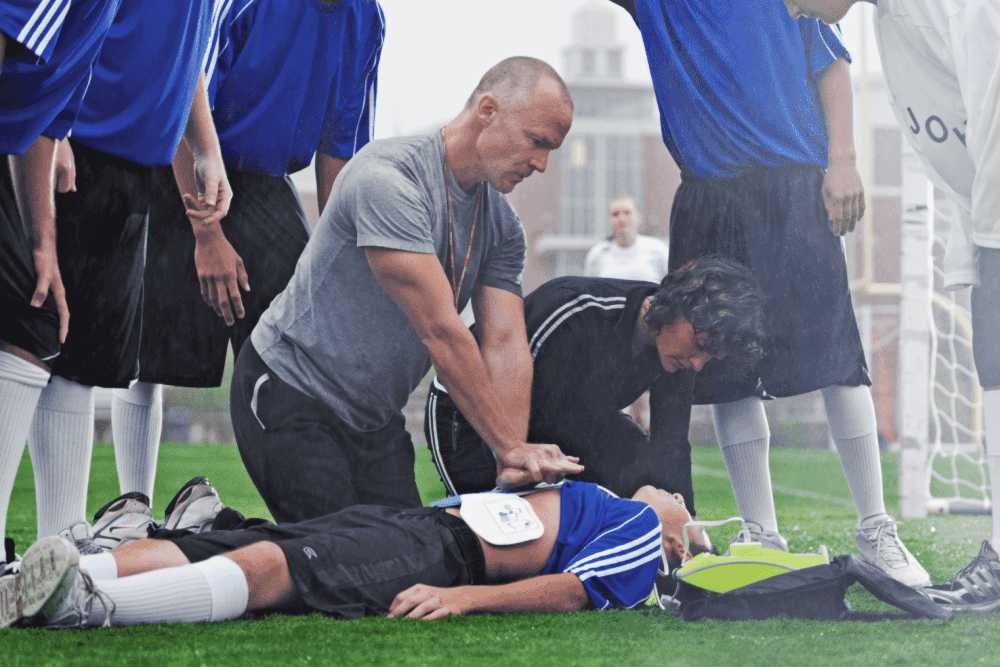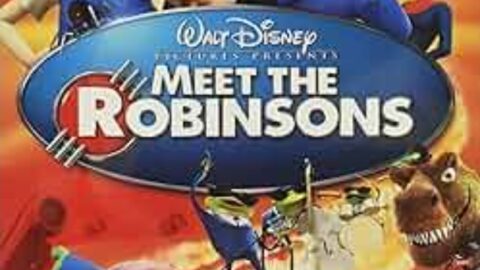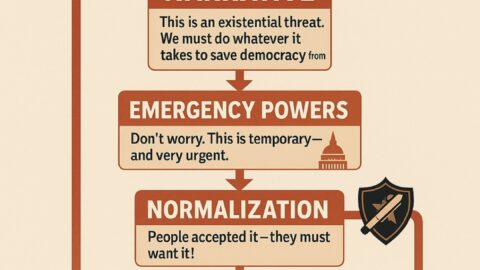In an age where narratives are manufactured faster than facts, Ian Carroll’s Q&A stands as a challenge to complacency. It isn’t just a list of questions about Charlie Kirk’s murder—it’s a demand for accountability in a time when truth is too often prepackaged by those in power. Carroll doesn’t ask his audience to agree; he asks them to think. And that’s exactly why this conversation matters.
Every major turning point in history—from political assassinations to social upheavals—has depended on ordinary citizens refusing to accept easy answers. When questions are silenced or labeled “dangerous,” that’s when vigilance becomes a civic duty. Carroll’s methodical breakdown of claims and missing evidence invites readers to do what democracy requires: stay awake, stay curious, and follow the facts wherever they lead.
Reading and engaging with this Q&A isn’t about chasing conspiracy—it’s about protecting the principle that truth should never fear scrutiny. The moment we stop asking uncomfortable questions is the moment propaganda wins. Whether you agree with Carroll or not, understanding the evidence and gaps he outlines helps ensure that justice—and reality itself—remain open to public inspection.
Overview
In a rapid-fire livestream Q&A, commentator Ian Carroll revisited the shooting of Charlie Kirk and the investigation around it. He cited independent “expert” analyses, raised doubts about official timelines and videos, and urged viewers to keep an open but disciplined mind. Below is a structured, neutral walkthrough of the major points he made—what’s claimed, what’s actually known, and what would conclusively clarify each issue.
1) The “Expert Community” Weighs In
Claim: Former military and ballistics instructors (e.g., Outside the Overton, Paramount Tactical, Valhalla VFT) are analyzing footage and leaning toward a shot from the side/rear, not the rooftop.
What’s reasonable: Independent technical review can be useful; methods like trajectory modeling, frame analysis, and acoustic timing are standard tools.
Still unknown: These are preliminary, crowd-sourced efforts. Methods, inputs (raw vs. compressed files), and synchronization are not yet independently verified.
What would settle it: Release of original, uncompressed, time-stamped video and audio from all angles, and a formal, replicable forensic report.
2) Crack–Bang Audio Analysis
Claim: Timing between the supersonic “crack” and muzzle “bang” in multiple clips places the shooter to Kirk’s right, not on the roof.
Method in brief: Measure delay between shockwave and muzzle blast across known camera locations; triangulate likely source.
Caveats: Compressed audio, echo, phone auto-sync drift, and unknown mic orientations can skew results.
Needed: Original, unsuppressed audio, precise camera positions, and an independent acoustic reconstruction.
3) Why the Public Video Starts After the Shot
Claim: The FBI-released clip shows the suspect fleeing but not the firing moment, though the same camera appears to have had line of sight.
Benign possibilities: Redactions are common during active investigations (protecting witnesses, tactics, or uncharged persons).
Suspicious if: The omission contradicts sworn timelines or obscures decisive evidence.
Needed: Unredacted footage (or judged release) with a written rationale for edits.
4) “Where’s the Rifle?”
Claim: The fleeing figure carries something soft/flexible (cloth or a bag), not a rigid long gun; nothing clearly resembles a .30-06/large Mauser.
What we can say: Low resolution and motion blur make object ID unreliable.
Needed: Higher-resolution, synchronized frames and professional photogrammetry to confirm or exclude a long gun.
5) Tools on the Roof, But No Time to Use Them?
Claim: A screwdriver with suspect DNA was reportedly found, implying disassembly, but the rooftop figure starts running within seconds—too fast to strip a Mauser.
Open questions: Exact timestamps for shot/fleeing; whether the tool was used pre- or post-shot; whether the weapon was quick-detach.
Needed: A second-by-second, cross-camera timeline plus evidence logs showing when/where items were recovered and handled.
6) The Dairy Queen Photo
Claim: A still places the suspect calmly at a DQ about 15–20 minutes’ drive away soon after the shooting.
Why it matters: Challenges the psychology/timeline many assume; could also be a clock-sync red herring.
Needed: Forensic validation of the image metadata, store system clock, transaction logs, and corroborating witnesses.
7) Autopsy & the “Man of Steel” Bullet
Claim: A surgeon reportedly said a high-velocity round “should have exited,” yet the coroner found the projectile just beneath the skin.
Reality check: Exit behavior depends on caliber, specific load (fragmenting/expanding/subsonic), range, trajectory, intermediate barriers (cloth, plastic, bone), and angle. Bone can dramatically alter a round’s path and energy.
Needed: Full autopsy (entry/exit, wound path, photos), projectile lab analysis, and ballistic match to any recovered weapon.
8) “Bullet in the Frame”
Claim: Frame-by-frame reviews of smartphone videos show a projectile streak consistent with a shot from behind/right, with additional frames near the knees.
Technically possible? Yes, at 60 fps and a wide field of view, a projectile can appear in one or more frames—if lighting and contrast cooperate.
Risks: Compression artifacts, motion blur, and lens flares can mimic streaks.
Needed: Original (not reposted) files and a blind, independent video forensics review replicating the finding across multiple angles.
9) Multiple Rooftops, a “Distraction” in the Crowd
Claim: A man loudly claiming “I did it” helped sow confusion; possible figures appear on more than one roof.
Benign possibilities: Confused bystanders; unrelated rooftop access (staff, students).
Needed: Identification and statements of rooftop individuals, and documented police interviews with the disruptive bystander(s).
10) Drones and a “Spy Plane”
Claim: Analysts found small aerial objects in footage and flagged a possible aircraft overhead.
Sober view: Drones are common; birds and bugs can mimic them. Aircraft claims are verifiable via ADS-B records.
Needed: Flight logs, air traffic data, and object-tracking analysis confirming drone signatures rather than artifacts or wildlife.
11) “Patsy” Speculation via University Intel Ties
Claim: Utah State University has a Center for Anticipatory Intelligence led by former CIA/NSA personnel; top STEM students might be recruited.
True in general: Many US universities host programs with former intel/military leadership and pipeline students into government roles.
But: None of that establishes a link to the suspect without direct evidence.
Needed: Documented recruitment/employment records, communications, or testimony linking the suspect to an intel program.
12) SD Cards Removed at the Scene
Claim: A staffer removed camera media and passed it to leadership/FBI; Candace Owens says she was shown, not given, a key clip.
Could be proper: Securing evidence quickly and preserving chain of custody is normal.
Could be problematic: Withholding from independent review when it could promptly clarify core disputes.
Needed: Chain-of-custody records, staffer statements, and confirmation of timely transfer to investigators.
13) Rapid Repaving & the “Trapdoor”
Claim: The courtyard was repaved soon after; some flagged a hatch in the area.
What’s suspicious: Altering a scene before comprehensive forensic documentation.
What’s mundane: Pre-scheduled maintenance or safety repairs.
Needed: Work orders, permits, and a statement from campus/facilities and police about evidentiary preservation before construction.
14) Pocket-Gun Theories
Claim: Some clips look like small hidden guns in the crowd; Carroll doubts pistol precision for a spinal-severing neck shot under those conditions.
Ballistics reality: A precise neck hit with a handgun in a crowd is difficult, not impossible. Precision increases with stabilization/mechanical support.
Needed: Projectile caliber/type, rifling match, and a trajectory model consistent with a pistol vs. long gun.
15) Mic/Earpiece vs. “Back-of-Head Blood”
Claim: A supposed “splash” is more likely an earpiece/mic being dislodged, not immediate entry-wound bleeding.
Why it matters: Entry wounds typically present differently than exits; mislabeling frames can mislead trajectory analysis.
Needed: High-res originals and professional blood-spatter/forensic video review.
16) Carroll’s Warning About “Flooding the Zone”
Point: Disinformation thrives by inundating the public with countless conflicting micro-theories. Focus on verifiable facts and avoid reflexive personal accusations.
Good practice: Prioritize primary sources, formal reports, and reproducible methods. Separate forensic questions from political commentary.
17) Politics, Legacy, and TPUSA Dynamics
Claim: Competing factions are shaping Kirk’s legacy; Erica Kirk faces donor and movement pressure; sensitive footage access may be entangled in internal politics.
Guardrail: Political analysis ≠ evidence. Keep it distinct from the forensic record.
The Short List: Evidence That Would Answer Most Questions
- Original, uncompressed video from all cameras with verified timestamps.
- Raw audio files for acoustic analysis and precise camera locations/orientation.
- Full autopsy with wound paths, photos, and medical examiner narrative.
- Ballistic lab reports on any recovered projectile(s) and test-fires.
- Chain-of-custody logs for firearm(s), tools, media, clothing, and DNA items.
- Forensic phone records for the alleged text confession (device extractions, server logs).
- ADS-B/flight data for all aircraft in the area at the time.
- Identities & statements for rooftop occupants and the SD-card staffer.
Bottom Line
Carroll’s Q&A surfaces real, testable questions (video redactions, weapon visibility, timing, autopsy transparency, chain of custody). Some of his amplifications are speculative and need hard evidence before anyone draws conclusions about shooters, methods, or sponsors. The fastest way to restore public trust is controlled transparency: release or independent review of raw media and the core forensic reports.
Ian Carroll — Q&A, point-by-point
1) “A lot of experts are chiming in — Outside the Overton, Paramount Tactical, Valhalla VFT, ex-military/ballistics people”
Q: What’s the claim?
A: Carroll says many technically trained analysts (ex-military, ballistics instructors, forensic video folks) are examining video/audio and are converging on the idea the fatal shot may have come from the side/back rather than the roof.
Assessment:
• What’s plausible: Independent experts can add value. Crack–bang, frame analysis and ballistics interpretation are useful tools.
• What’s unproven: Experts’ preliminary analyses are not the same as full forensic reports; different analysts often disagree.
• What would settle it: Raw, time-stamped high-resolution video from all cameras, raw audio files, and the formal ballistics/autopsy report.
2) “Crack–bang audio analyses point to a shooter to Charlie’s right (not rooftop)”
Q: What does he mean?
A: “Crack–bang” = using the supersonic shockwave (‘crack’) and the muzzle blast (‘bang’) timing across multiple recordings to estimate shooter distance and direction.
Assessment:
• Useful technique: It’s an established method to estimate range/direction but has limits (requires synchronized, high-quality audio, known camera positions, and proper calibration).
• Caveats: Small timing errors, compression, unknown camera orientations, and echo can skew results.
• What would settle it: Multichannel, unsuppressed raw audio with precise timestamp alignment, and independent replication by qualified acoustics experts.
3) “Video clips were cut to start after the shot; FBI withheld the actual shot footage”
Q: Is that suspicious?
A: Carroll notes public FBI footage begins after the shot; he argues they had line-of-sight and could have shown the firing moment.
Assessment:
• What’s clear: Public clips do start after the firing in widely shared versions.
• What’s unknown: Why the FBI redacted/edited it (ongoing investigation, witness protection, image/GSR forensics, or other legitimate reasons). Redaction alone doesn’t prove wrongdoing.
• What would settle it: Release (or vetted review by independent authorities) of the unredacted clip with accompanying explanation for any redactions.
4) “The fleeing figure doesn’t visibly carry a rifle in video/photos”
Q: Is the rifle visible?
A: Carroll argues the object looked like cloth/backpack, not a long rigid Mauser/.30-06. He and “gun guys” say a full rifle would be obvious.
Assessment:
• What’s plausible: Depending on camera angle, motion blur and compression, a rigid object could be mistaken for a bag or cloth.
• What’s unknown: Whether higher-res, multi-angle footage would show a rifle clearly. Photogrammetry experts could analyze shape/contours.
• What would settle it: High-resolution synchronized footage and forensic image analysis showing a rifle or demonstrating it could not physically be carried that way.
5) “Screwdriver & towel with suspect DNA — timeline problems for disassembly”
Q: Carroll’s concern?
A: Government narrative said rifle disassembled on roof (tool found with suspect DNA). Carroll notes the rooftop footage shows the figure running seconds after the shot — too little time to disassemble a Mauser and hide it.
Assessment:
• What’s factual: If the rifle was disassembled and a tool left on the roof, the sequence/timing must allow that.
• What’s unknown: Precise timestamps for the shot, camera time offsets, and the time the tool was found/chain-of-custody. Some rifles can be partially collapsed or have quick-detach components; others take longer.
• What would settle it: A verified timeline — exact second-by-second timestamps from all cameras and timestamps from evidence recovery logs and forensics.
6) “Dairy Queen photo places Tyler ~15–20 minutes away, chilling”
Q: Why does that matter?
A: Carroll notes a DQ camera allegedly captured the suspect near the time of the shooting, which appears inconsistent with an immediate escape/retrieval timeline; it also challenges “panicked suspect” profile.
Assessment:
• What’s plausible: People react differently under stress; being calm publicly is not definitive proof either way. Time/location metadata verification is crucial.
• What would settle it: Forensic verification of DQ camera clock, metadata, original file, and corroborating witness logs/transactions.
7) “Autopsy/bullet weirdness — high-velocity round should have exited, but coronor found bullet beneath skin”
Q: What’s the claim and significance?
A: Carroll quotes a surgeon saying a .30-06 should produce an exit and heavy damage. If the bullet was retained under skin, that would be unusual and would call into question the caliber/weapon claim.
Assessment:
• What’s factual: Different ammunition types and ranges, intermediate targets (cloth, mic, bone), tumbling behavior, and fragmenting rounds can produce atypical wounds. Body armor or intermediate barriers can change outcomes.
• What would settle it: Full autopsy report (entry/exit, trajectory, pathology photos), ballistic analysis of recovered projectile(s), and lab testing tying projectile to weapon.
8) “Wound direction and frame captures show a projectile in video frames coming from behind/right”
Q: Is capturing a bullet midair plausible?
A: Carroll explains that at 60 fps and a sufficiently large field of view a bullet can appear in several frames; analysts claim they see streaks consistent with a projectile path from behind/right.
Assessment:
• What’s plausible: With the right geometry and lighting a bullet can be visible in a frame. But motion artifacts, compression, and lens flares can be misleading. Two independent experts reproducing the frame-by-frame analysis would strengthen it.
• What would settle it: Original, uncompressed camera files analyzed by independent video forensic labs, plus synchronized multi-camera corroboration.
9) “Multiple rooftops / a person seen on another building; crowd agitator (George Zinn) yelling to help shooter escape”
Q: What does this suggest?
A: Carroll treats multiple rooftop sightings and staged distractions as indicators of a coordinated operation (not a lone shooter).
Assessment:
• What’s factual: There were individuals who made confusing statements (e.g., Zinn). Multiple people on roofs could be normal (students, staff) or suspicious. Context matters.
• What would settle it: Complete campus footage, identification and interviews of rooftop occupants, and official records showing who had authorized roof access or presence.
10) “Drone/small UAVs / spy plane sightings in footage”
Q: How credible?
A: Carroll reports independent investigators (Crowdsource the Truth et al.) find small flying objects in footage; they also flagged an aircraft overhead.
Assessment:
• What’s plausible: Drones or birds can appear in video. Aircraft flights are trackable (FAA/ADS-B logs) and can be checked. Claims about “spy plane” are speculative until matched to flight logs.
• What would settle it: Flight data (ADS-B), raw footage with timestamps, and frame-level object analysis confirming UAV signatures or negating bird/artefact explanations.
11) “Utah State University CIA/intel ties — ‘Center for Anticipatory Intelligence’ and recruitment pipeline”
Q: Why bring this up?
A: Carroll points out USU has programs and personnel with former CIA/NSA ties and hints this feeds a pipeline where top students might be recruited — raising the “patsy” possibility.
Assessment:
• What’s factual: Many universities have centers directed by former intelligence personnel; such programs exist and can recruit for government careers. That doesn’t prove a connection to this crime.
• What would settle it: Direct, verifiable documentary links between the suspect and any official intel recruitment or employment (documents, credible testimony, HR records).
12) “SD card removal from camera by staffer — gatekeeping footage to TPUSA/FBI”
Q: Why suspicious?
A: Carroll recounts a person removing SD cards at the event, suggests gatekeeping, and notes Candace was shown footage but not allowed to copy it.
Assessment:
• What’s plausible: Event staff securing footage to preserve evidence is standard; handing footage to investigators is also standard. Gatekeeping can be suspicious if footage is withheld from legitimate independent review.
• What would settle it: Chain-of-custody logs for recovered media, statements/interviews from the staffer, and an independent audit of the footage handover to the FBI/TPUSA.
13) “Repaving the courtyard / ‘trapdoor’ / ground disturbance”
Q: Why does Carroll mention repaving?
A: He suggests quick repaving could hide bullet marks, impact points, or other forensic traces.
Assessment:
• What’s factual: Scene preservation is critical; altering a scene early can hinder investigation. Repaving within days is unusual and should be documented.
• What would settle it: Official statements explaining maintenance, permits/timestamps for repaving, and photos/video of the area pre- and post-work. If work was done on police orders to secure evidence, that should be recorded.
14) “Pocket guns / small concealed weapons in crowd — accuracy concerns”
Q: Is a small pistol likely?
A: Carroll notes pistols are harder to guarantee accurate hits; he reasons a shot to the neck that severs the spine looks intentionally precise and harder with a handheld pistol unless mechanically assisted.
Assessment:
• What’s factual: Hitting a small vital target under crowd conditions is challenging with a pistol; specialized devices or training could raise odds. But small arms can and do produce fatal hits in crowds.
• What would settle it: Ballistics linking the projectile to a specific weapon type (caliber, rifling marks), and trajectory analysis consistent with a pistol vs. rifle.
15) “Lapel mic / earpiece movement mistaken for blood”
Q: Is the ‘splash’ possibly a mic/earpiece?
A: Carroll walks through analysis showing certain frames look more like an earpiece or mic moving than a blood spray, and he disagrees with people calling it immediate bleeding from the back.
Assessment:
• What’s factual: Compression and low resolution can make objects look like other things. Multiple independent frame analyses and original camera files are needed.
• What would settle it: Original high-res frames, forensics (blood spatter analysis), and autopsy/pathology photos.
16) “Flooding the zone / caution about bad actors & disinformation”
Q: Carroll’s warning?
A: He cautions that disinformation tactics include flooding with many wild theories, and urges people to focus on credible, verifiable leads instead of accusing people prematurely.
Assessment:
• What’s factual: Flooding the zone is real — an information-ops tactic. Carroll’s caution is responsible: vet sources, prefer primary evidence, and avoid ad hominem attacks that degrade cooperation.
17) “Politics, TPUSA, Erica Kirk, donor pressure, legacy battles”
Q: What’s claimed politically?
A: Carroll discusses how Kirk’s evolving views on Israel and donor relationships are being contested, and suggests Erica Kirk faces internal pressure and future political speculation.
Assessment:
• What’s factual: Political infighting and legacy narratives are common after a high-profile death. Speculation about donors, recruitment for candidacy, or internal power plays is political analysis, not crime evidence. Treat separately from forensic claims.
18) “Call to release forensic evidence (autopsy, raw video, timestamps, logs)”
Q: What would resolve the biggest disputes?
A: Carroll repeatedly says the simplest way to quash speculation is to release raw evidence or allow independent forensic review.
Assessment:
• What’s factual: Transparency (subject to legal constraints) helps public trust. Law enforcement often withholds raw material during active investigations — but independent audits or mediated releases could address valid public questions without endangering prosecutions.
Short summary: what’s solid vs. what’s speculative
Solid / easily verifiable items
- Public clips start after the shot (true of many widely shared edits).
- Multiple independent analysts are publishing preliminary crack–bang / video analyses.
- There are outstanding public questions: autopsy details, full uncut footage, chain of custody for media, timeline consistency.
Speculative / requires proof
- That the shooter was on a different roof or operated by an intelligence agency.
- That SD cards were intentionally suppressed for political reasons.
- That a rifle never existed on campus or was planted/removed.
- Any claim tying a state actor (or Israel specifically) to the crime without substantive proof.
Practical checklist — the evidence that would clarify the most important open questions
- Original, uncompressed camera files from every camera (with verified metadata).
- All raw audio tracks (unsuppressed) and synchronized timestamp map.
- Full autopsy and pathology report: wound entry/exit, trajectory, GSR, any armor.
- Ballistics: recovered projectile(s) analysis and test-firing comparison.
- Chain-of-custody records for all evidence (rifle, towel, screwdriver, SD cards).
- Carrier/device text logs & handset extractions for the alleged confession thread.
- Flight/aircraft logs (ADS-B) for the time of event to confirm/deny aircraft presence.
- Identification and cross-examination of people seen on roofs and the SD-card handler.
Final practical note (Carroll’s closing points)
Carroll urges skepticism about government narratives, encourages civil, calm inquiry, and warns against falling into constant infighting or blanket accusations. That’s good public advice: demand evidence, verify sources, and keep the distinction between “interesting hypothesis” and “proven fact.”

